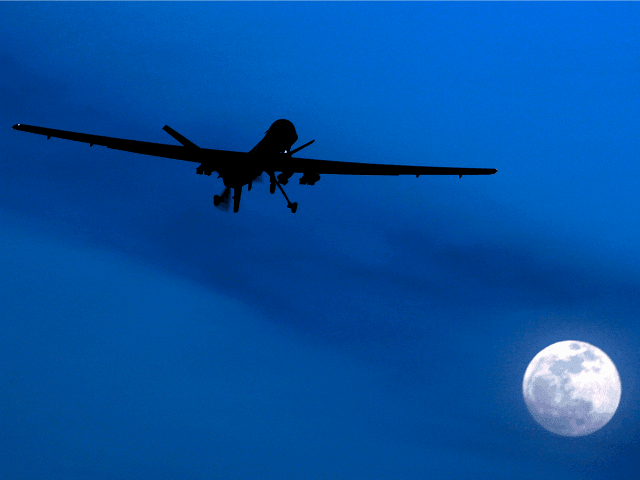The Army Research Lab is beginning a mad scramble for technological parity with potential Russian and Chinese military threats using drone and robot technology.
In May, a report by the Center for Strategic and International Studies regarding U.S. Army modernization suggested that in some ways, America has begun to lag behind in competition with foreign powers.
In response, Director Philip Perconti is funding new programs for the development of highly autonomous drones and robots, that will trade the speed and efficiency of their fully autonomous counterparts for exceptional defense against electronic warfare that might otherwise interfere in communications with their operators. The Army Research Lab will also pursue solutions to the advanced electronic warfare capabilities of our foes, with enhancements to battlefield communication and sensor equipment.
According to Defense One, our focus has been on two decades full of conflict with enemies that, while zealous, were technologically primitive. Meanwhile, nations like Russia and China have been investing in the cutting edge of modern warfare technology. Russia, in particular, possesses “AD/A2” Area Denial and Anti-Access systems that have been deployed against Ukrainian forces to great effect, and are being used to actively prevent U.S. forces from navigating certain areas by eliminating all forms of electromagnetic communication. According to a CSIS report:
There are regions in Donbass where no electromagnetic communications—including radio, cell phone, and television—work. Electronic warfare is the single largest killer of Ukrainian systems by jamming either the controller or GPS signals.
One way of dealing with this is through the new Distributed and Collaborative Intelligent Systems and Technology program, which aims to grow the “brains” of our drone forces by enhancing onboard processing power. That way, units will be able to act semi-intelligently even when communications with the controller have faltered. Perconti said “autonomy will play a big role,” and asserted that “it has to be able to function within this contested environment.” ARL wants “more than one network, working together, with as much processing as possible on the node.”
The idea is to transition from the point where a human directly controls said automaton, to a relationship that more closely resembles interaction between soldier and commander. This will help to mitigate the weakness in response time that a semi-controlled drone has to one that makes its own decisions without waiting for outside permission, like Kalashnikov Group’s fully-automated killbots.
Recently, General Paul Selva issued a warning to lawmakers regarding these technological developments, and how they might adversely affect the values that America has “always [brought] to war.” It appears to have been a timely warning, indeed.
Follow Nate Church @Get2Church on Twitter for the latest news in gaming and technology, and snarky opinions on both.

COMMENTS
Please let us know if you're having issues with commenting.